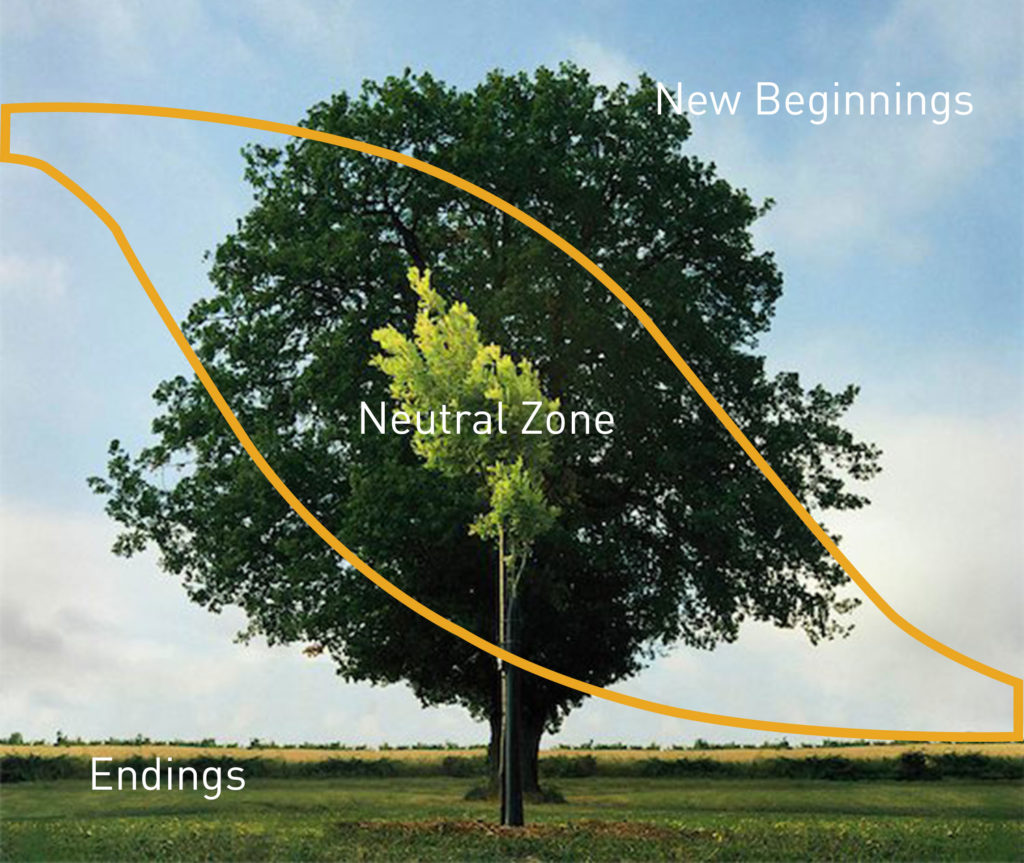The work of digitizing archival and special collections material is not a “traditional” library activity. Times have changed in libraries.

Change is a constant in our work – perhaps that is what hasn’t changed. Change is in the evolving materials that cross the desk of our archivists and metadata librarians as they organize and describe what is before them. Change is represented in the digital files with endless strings of names and numbers that fill the hard drives in our digital studio and compose the content of our digital repository servers. Change is new, too, in that we no longer deal only in the physical, but in the digital. This change to digital has in some ways been a slow burn over the past twenty or so years, with incremental adjustments made to how we do our work, moving from printed finding aids and catalog cards to digital lookup tools and websites that can convey similar collection information around the globe. In our most recent iterations of change, we are beginning to deal with scale of collections in a way that challenges our instincts around description and what information is most critical to get out on the web versus what can wait.
Some change in organizations is quantifiable, recognizable. A library building renovation begins with clearing out the space, moving to a temporary location, and then moving back to the new space. These are points in time that can be marked by a cake or a party or a ribbon cutting ceremony. For the work in building digital collections, we don’t have ribbon cutting ceremonies for the new workflows we implement with a new digital camera that captures much more resolution, or the streamlined archives processing model to increase throughput of content description. These moments happen on a regular Tuesday at 10 o’clock most likely, when someone sits down at their workstation, and begins to test out a new process. It happens in unnoticed ways. We produce life size posters of items in the collection, we create digital publications for you to explore, but we also write new workflows, commit to regular meetings, and challenge ourselves to ask one another hard questions as we work with one another in the library.
This blog post is a celebration of that invisible work that we don’t always show you, here is the cake:

In our work on the Bicentennial digital projects, we’ve been meeting every month for close to a year as a team to plan, review, and build not only the digital collections, but also build our team of practitioners. Recently, we’ve begun the work of helping to build a stronger team in the library with the staff working in Archives, Digital Programs and Metadata. Thanks to the support of Human Resources and the Librarian of the College, we’ve embarked on a plan to build community, to build deeper connections among all of us doing this digital work. The hope is that it will help us to grapple with the change, to identify the milestones and to celebrate with one another the accomplishments we are making in this work. We recently talked about change at a retreat with the help of our Human Resources department and were presented with a great visualization on the process of change and transition from William Bridges.

We want to make a lot of material available to the widest possible audience from the archives and special collections at Amherst College, and we will continue to work with one another to live through the changes, and to maintain, preserve, and care for the materials and one another. Wish us luck!!!
Este Pope is the Head of Digital Programs in the Amherst College Library. She can be contacted at epope at amherst.edu.
